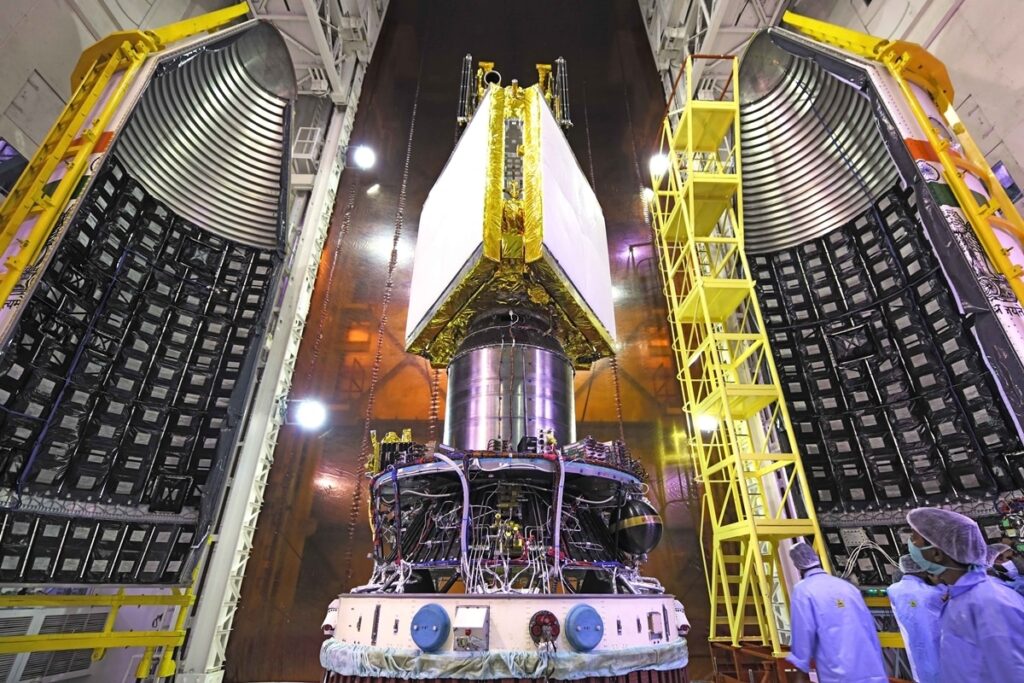In the early hours of Monday, the Indian Space & Research Organisation (Isro) successfully launched the Earth Observation Satellite (EOS-04) onboard the Polar Satellite Launch Vehicle. Two more rideshare satellites were sent into orbit as part of the Indian space agency’s preparations for the year 2022.

At 5:59 a.m., EOS-04 was launched from SAR in Sriharikota into the Sun-Synchronous Orbit, about 529 kilometres above the globe. The four-stage rocket carried INSPIRESat, a student satellite, and INSAT-2DT, a spacecraft that will be used in a future joint India-Bhutan mission.
The launch director stated that all three satellites had been successfully deployed, to cheers in Mission Control. “The mission of PSLV-C52 has been effectively accomplished,” Isro chief S Somnath stated after the launch.
Prime Minister Narendra Modi congratulated Isro and said, “Congratulations to our space scientists on the successful launch of PSLV-C52 mission. EOS-04 satellite will provide high-resolution images under all weather conditions for agriculture, forestry and plantations, soil moisture and hydrology as well as flood mapping.”
The Earth Observation Satellite-04, also known as the Radar Imaging Satellite (RISAT), was built to deliver high-quality photographs in all weather circumstances for applications like agriculture, forestry, and plantations, flood mapping, and soil moisture and hydrology. The spacecraft will collect data in the C-Band band, completing observations made by the Resourcesat, Cartosat, and RISAT-2B series. The satellite has a ten-year operational life.
The INSPIRESat-1 student satellite, weighing 8.1 kilogrammes, was created by the Indian Institute of Space Science and Technology in collaboration with the University of Colorado’s Laboratory of Atmospheric and Space Physics. The satellite will help us better understand the dynamics of the ionosphere and the sun’s coronal heating process. It has a one-year operational lifespan.
This was PSLV’s first flight following the loss of the EOS-03 mission last year. The mission had been considered a failure by the space agency due to a technical issue with the system.

Image credit: ISRO
The first launch of 2022 has triggered Isro’s plans to launch 18 more missions this year, including the high-profile Chandrayaan-3 mission to the Moon and the long-awaited uncrewed Gaganyaan mission.
The PSLV, India’s workhorse launcher, climbed to the top of the SSO on its 54th trip. The PSLV-C53 mission, which will launch OCEANSAT-3 and INS 2B ANAND into orbit, is scheduled to launch in March.
S Somnath, the Isro’s chief, has stated that the agency will launch five significant satellites in the next three months and a total of 19 missions this year.




